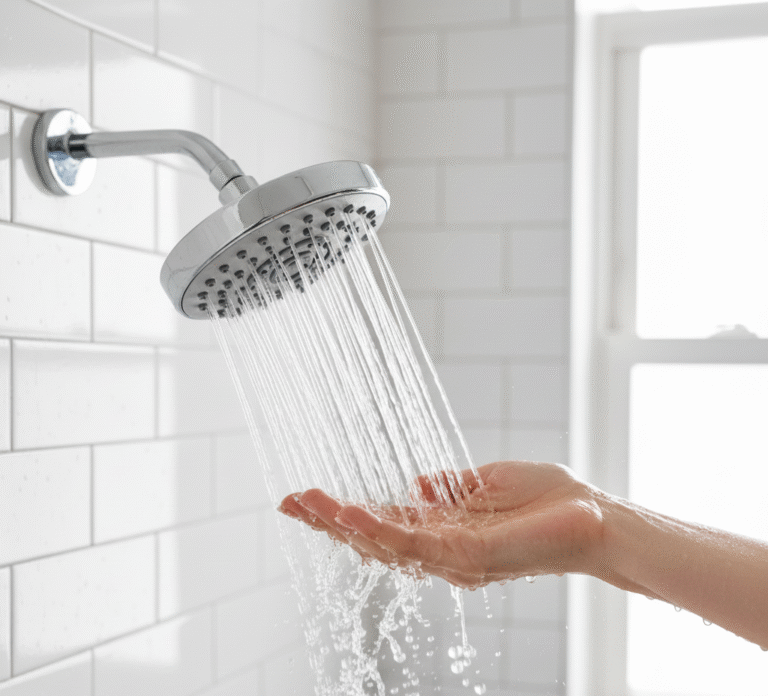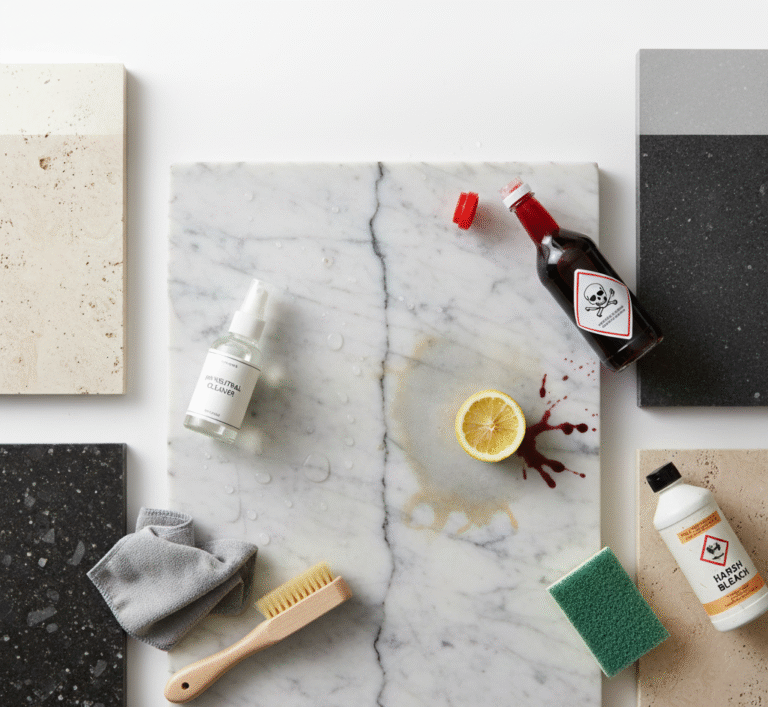Your clogged drain It starts with a subtle gurgling sound, a sign that the system is in trouble. Soon, the water in the sink takes just a little longer to disappear. Before you know it, you are standing in a shallow, murky pool at the end of your shower, or watching the kitchen sink fill with dirty water as you do the dishes. A clogged drain is one of the most common and frustrating household problems. It is a sudden, disruptive halt to the silent, efficient flow of water that we rely on every single day. The immediate temptation for many is to reach for a bottle of harsh, liquid chemical drain cleaner, pouring it down the drain in the hope of a quick, magical fix.
This approach, however, is often the worst first step you can take. Chemical drain uncloggers are incredibly potent and dangerous substances that can cause more harm than good. To truly conquer a clog, you must first understand your enemy, then arm yourself with the right, methodical approach, escalating your attack from simple, safe solutions to direct, physical removal.
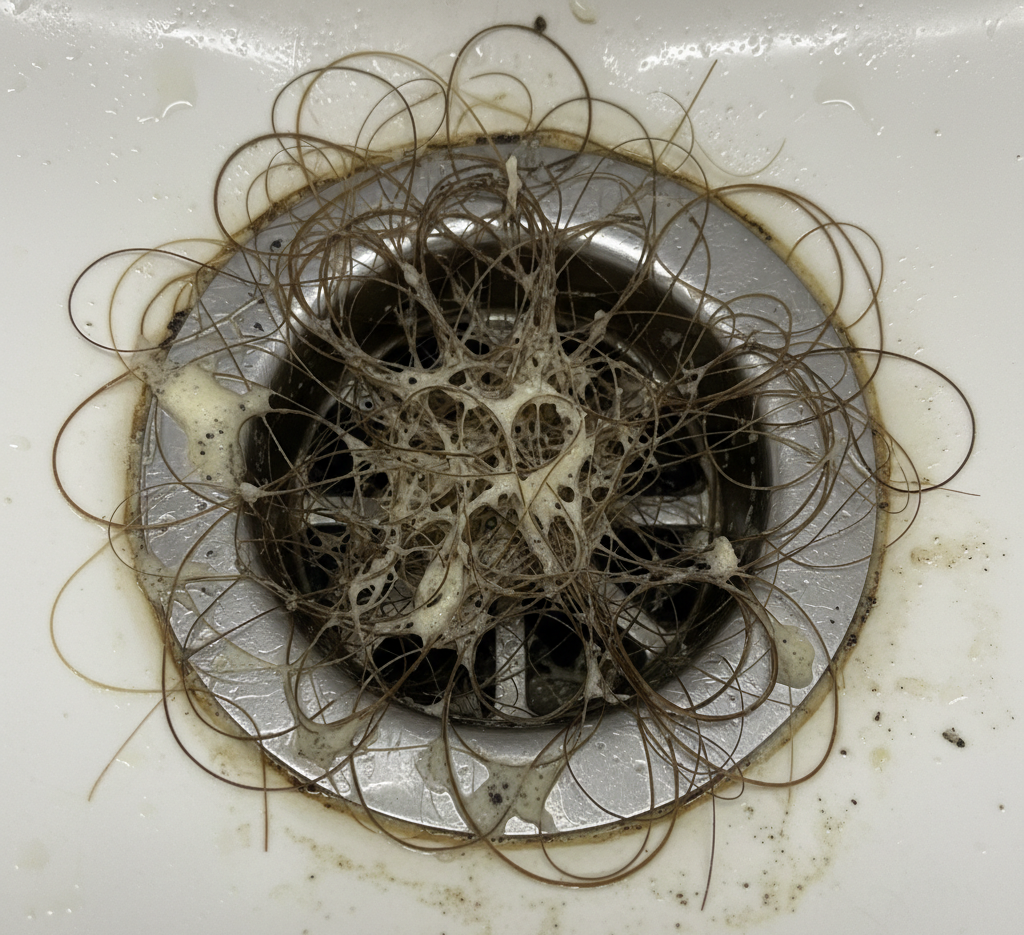
1.Location
The nature of a clog is entirely dependent on its location. The kitchen drain and the bathroom drain are two different battlefields, with two different types of enemies. The kitchen sink is the primary recipient of grease, fats, and oils from cooking, along with small food particles. When you pour hot, liquid grease down the drain, it travels a short distance, cools, and then solidifies, coating the inside of the pipes. Over time, this sticky layer catches and holds food debris, coffee grounds, and other solids, gradually constricting the pipe until it is completely blocked.
The bathroom drain, particularly in the shower or bathtub, faces a different foe: hair. Long strands of hair wash down the drain and act like a net. This net is then cemented together by the sticky, waxy residue of soap scum, conditioner, and toothpaste. This combination of a strong, fibrous net and a powerful, water-resistant binder creates a dense, stubborn plug that is incredibly effective at stopping the flow of water.
The problem with reaching for a chemical drain unclogger is that these products are a brute-force, often indiscriminate weapon. Most are formulated with either sodium hydroxide (lye) or sulfuric acid. These are extremely caustic chemicals that work by generating a powerful chemical reaction to dissolve the blockage. This reaction creates significant heat, which can soften PVC pipes and, in older homes, can damage or corrode metal pipes, leading to leaks and far more expensive repairs. The fumes they release are toxic and can be a serious health hazard in a poorly ventilated bathroom or kitchen.
Furthermore, these chemicals are devastating to the environment. If you have a septic system, they can kill the beneficial bacteria that your system relies on to break down waste. Even in a municipal system, they are eventually released into the waterways. The most immediate problem, however, is what happens when they fail to work. If the chemical does not clear the clog, you are now left with a pipe full of highly corrosive, dangerous liquid, making any subsequent attempt at physical removal with a plunger or a snake a hazardous undertaking.
A far safer and more effective approach is to follow a logical progression of methods, starting with the least invasive.

2.Items You Have at Home
The first line of attack, particularly for a slow-running kitchen sink, is boiling water. This method is aimed directly at the primary culprit: grease. Boil a full kettle or a large pot of water. Carefully pour the boiling water directly down the drain in two or three stages, allowing it to work for a few seconds between each pour. The intense heat can be enough to melt the solidified grease, breaking up the clog and flushing it through the system. This method is simple, cheap, and can be remarkably effective. A word of caution: if you have very old or brittle PVC pipes, the sudden, intense heat could theoretically damage them, but for most modern plumbing, it is a safe first step.
If boiling water does not do the trick, the next step is the classic combination of baking soda and vinegar. This is a gentle, chemical-free method that works through a simple acid-base reaction. Start by pouring about half a cup of baking soda directly down the drain. Follow this with half a cup of distilled white vinegar. Immediately cover the drain with a plug or a cloth to contain the resulting reaction within the pipe. You will hear a fizzing and bubbling sound. This is the reaction creating carbon dioxide gas, and the vigorous bubbling action can help to physically dislodge and break up the gunk and grime of the clog. Let this mixture work for at least an hour, or even overnight for a more stubborn clog. Finally, flush the drain with a pot of boiling water. This method is excellent for maintenance and for minor, slow-running drains, but may not have the power to clear a complete and total blockage.
When these gentle methods fail, it is time to escalate to direct, physical force. This is where manual tools come into play, and the most basic of these is the plunger. It is a tool most homes have, but few use to its full potential. It is important to know that there are two main types of plungers. The standard cup plunger is best for flat surfaces like a kitchen sink. The flange plunger, which has a smaller cup extending from the bottom, is designed to create a better seal in the curved opening of a toilet bowl, but it is also highly effective for bathtubs and showers.
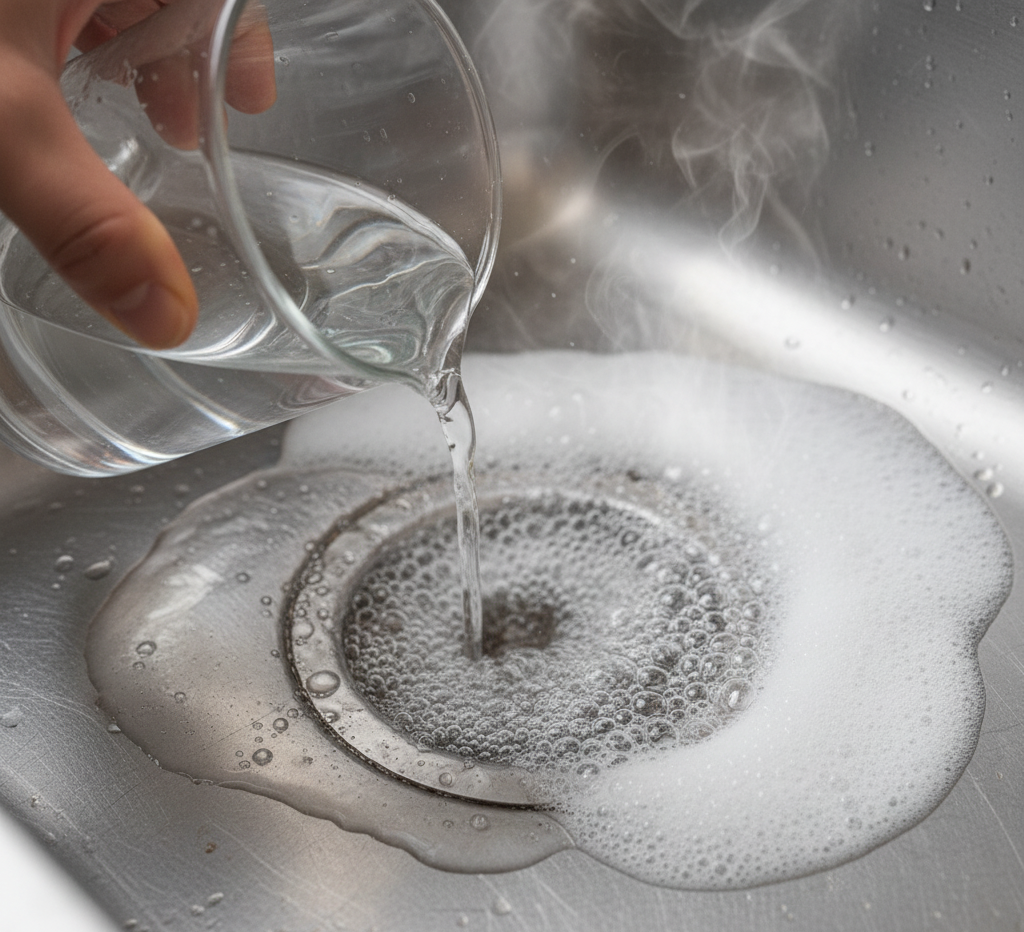
3.Plunger and Drain Snake
To use a plunger correctly, the first step is to create a proper seal. For a double kitchen sink, you must plug the other drain with a wet rag. In a bathroom sink or tub, block the overflow hole with a damp cloth. This ensures that all the pressure you generate is directed down at the clog, not out through other openings. The second key is to have some water in the sink or tub, enough to cover the cup of the plunger. The plunger works by moving water, not air. Place the plunger over the drain, ensuring a tight seal, and push down gently to expel the air. Then, use a series of vigorous push-pull motions. The pulling motion is actually more important than the pushing, as it creates suction that can help dislodge the clog. After about 20 seconds of plunging, remove the plunger and see if the water drains. You may need to repeat this process several times.
If the plunger cannot move the blockage, you must go deeper. The next tool in your arsenal is the drain snake, also known as a hand auger. This is a long, flexible metal cable coiled inside a handle. There are also simpler, cheaper plastic versions, often called “zip-it” tools, which are essentially long, barbed strips of plastic that are incredibly effective at pulling hair out of a bathroom sink or shower drain.
To use a proper drain snake, you feed the end of the cable into the drain opening. Continue to push it down until you feel resistance; this is the clog. Tighten the thumbscrew on the auger and begin to turn the handle. As you turn, the corkscrew-like end of the snake will either break up the clog or, more likely, latch onto it. You can then carefully pull the entire clog back out of the drain. It is a messy and unpleasant job, but it is the most effective way to physically remove the source of the blockage, rather than just pushing it further down the pipe.
If you have snaked the drain and are still not getting results, the clog is likely located in the P-trap. This is the U-shaped section of pipe directly underneath your sink. Its purpose is to hold a small amount of water at all times, creating a seal that prevents unpleasant sewer gases from entering your home. It is also a notorious collection point for lost rings, debris, and stubborn clogs. Cleaning it is a straightforward job that requires only a bucket and a pair of channel-lock pliers or a pipe wrench, though many modern PVC traps can be loosened by hand.
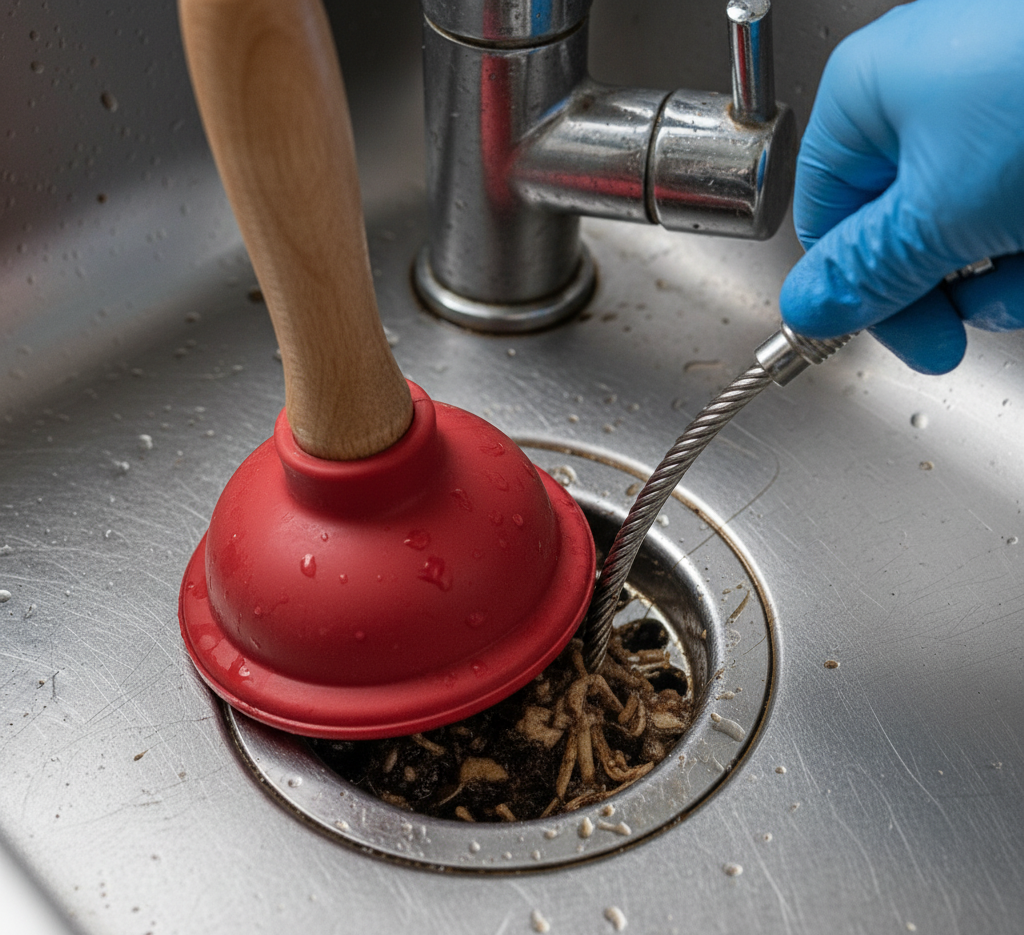
4.Tool Options
Start by placing a bucket directly under the P-trap to catch the water that will spill out. Carefully unscrew the two slip nuts that connect the U-shaped bend to the vertical and horizontal pipes. Once they are loose, the trap will come free. Empty its contents into the bucket. Use a brush or a paper towel to thoroughly clean out any remaining gunk from inside the trap. It is also a good idea to check the horizontal pipe leading into the wall, as the clog may be located just beyond the trap. Reassemble the P-trap, ensuring the gaskets are properly seated, and hand-tighten the nuts, giving them a final quarter-turn with your pliers. Do not overtighten, as this can crack the plastic. Turn on the water and check carefully for any leaks.
The ultimate solution to drain clogs is not in mastering these removal techniques, but in diligent prevention. The best way to fix a clog is to stop it from ever forming. In the kitchen, this means never pouring grease, fats, or oils down the drain. Pour them into an old jar or can, let them solidify, and dispose of them in the trash. Use a high-quality mesh strainer in your sink drain to catch food particles. After washing greasy dishes, run hot water down the drain for a minute to help flush any remaining residue through the system.
In the bathroom, the most effective preventative tool is a drain cover designed to catch hair. These simple, inexpensive devices will save you from the unpleasant task of snaking a hair-filled drain. Make it a habit to remove the hair from the catcher after every shower.

A drain clog is a solvable problem. By avoiding the quick fix of harsh chemicals and adopting a logical, escalating approach, you can safely and effectively restore the flow to your home’s plumbing. It is a process that empowers you, saving you money and protecting your pipes and the environment.
From clearing a stubborn drain clog to performing a comprehensive deep clean, the right approach is always methodical and thorough. It’s about using the correct tools and techniques to remove the source of the problem, not just mask it. For the deep-seated grime throughout your home that requires a professional touch, Toronto Shine Cleaning applies this same principle of thorough, effective cleaning to restore every surface to a truly spotless state.














